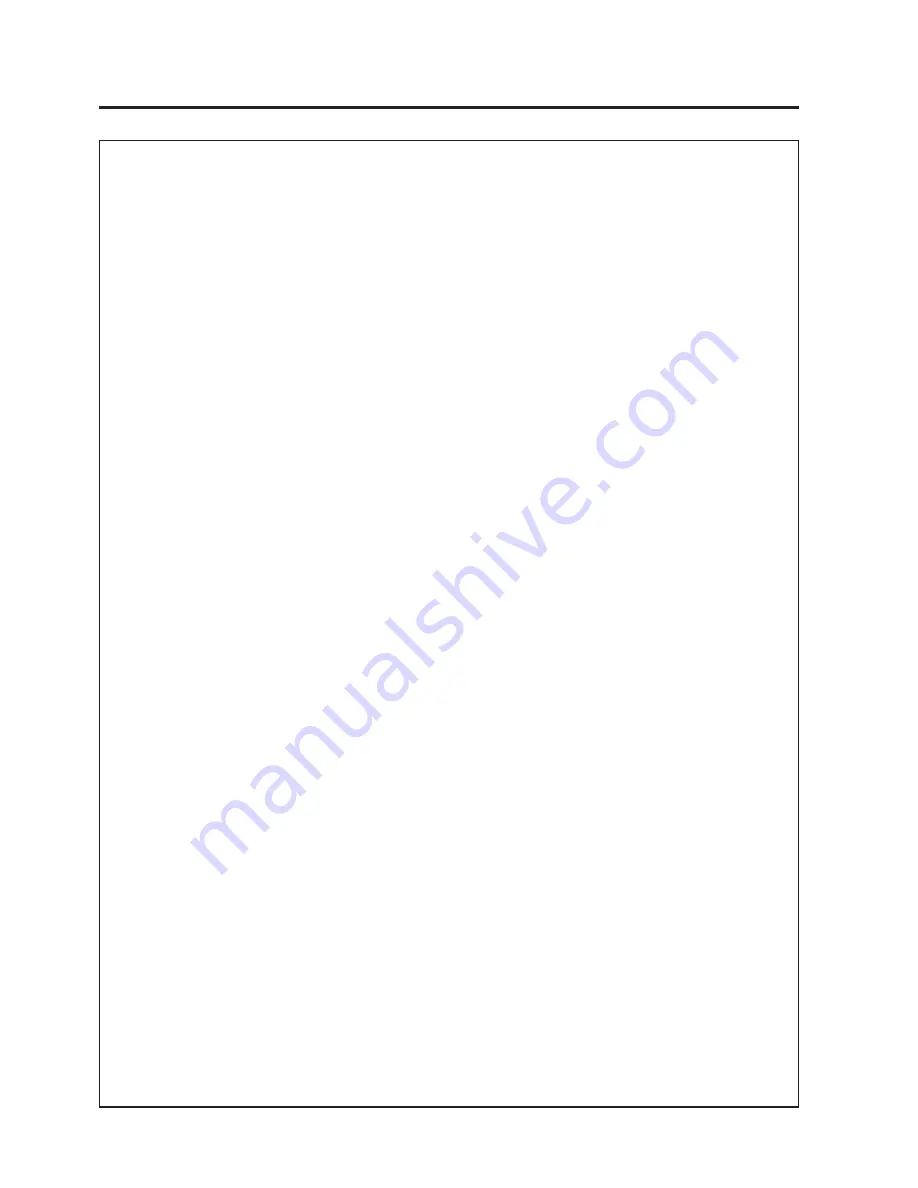
GB-42
RANSOMES DIABLINE
SAFETY AND OPERATORS MANUAL
B.1.10
Bearings
Once a bearing is removed, cover it to keep out dirt and abrasive matter. Clean the bearings in a solvent and
leave them to dry. The bearings can be dried with compressed air but avoid turning them too fast.
Dispose of the bearings if they show any sign of discoloration, marking, deformation or overheating. If the
bearing is usable, smear it with oil or grease and cover it with clean waxed paper. Do not unpack a bearing
until just before its use. The life of a bearing is considerably reduced if it is not correctly lubricated. Dirt in a
bearing can stop it turning on its axle. The track of the bearing can become the axle or the housing, which
can result in a lot of repair work.
Do not fi t bearing with a hammer. Where possible use a press and ensure that the pressure is applied
directly on the ring, which must be fi xed in relation to its housing. If you use a hammer, equip yourself with a
tube of the same diameter as the ring to be set up and ensure that the bearing does not go askew.
B.1.11
Nuts and Bolts
Lock washers, lock plates and pins are used to lock the nuts and bolts. Always use new nuts and bolts
on parts with movable parts. When fi tting lock washers on aluminium, use a fl at washer between the lock
washer and the part
B.1.12
Waterproofi ng
Ensure that joints are fi tted with the appropriate gaskets or seals for the lubricants used. If it is necessary
to fabricate a seal, select an appropriate material of a good thickness. Make a hole in the correct place. An
unsuitable seal can cause serious damage.




























